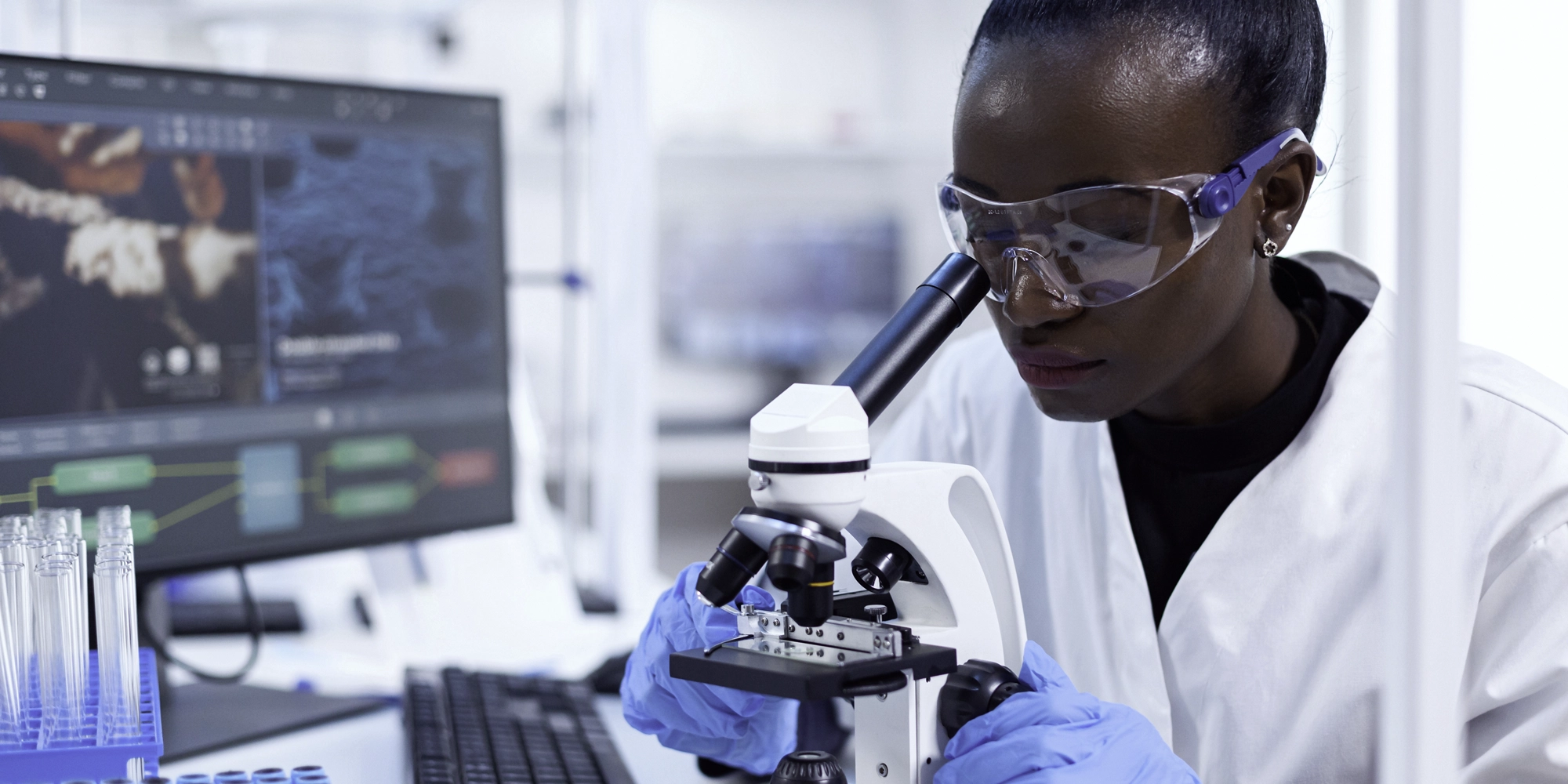Earlier this week, we looked at rare disease research in the broadest terms. We explained that rare disease is a classification that is comprised of thousands of different conditions, but, collectively, the number of people with rare diseases is quite significant. Most of these conditions are caused by inheriting the right combination of genes to bring a recessive condition to the surface, but there are other possibilities, including illness and allergies. Understanding this root cause enables researchers to develop treatments.
In this article, we are going to look at one of the most well-developed platforms for drug research – small molecules.
What is Small Molecule Research?
Small molecule research involves looking at biologic processes and developing organic compounds that regulate target channels or receptors to interfere or intercept some malfunction. The drugs developed on this platform have a very low molecular weight and they can easily be synthesized so that the same chemical process happens each time. This makes them well adapted to delivery in pill form. Also, small molecule drugs tend to be somewhat simple, very stable and mostly non-immunogenic. Instead, they interfere directly with the body’s process. A good example of a small molecule drug is aspirin.
Clinical Success in Small Molecule Research
Identifying small molecule-based drug candidates generally involves screening chemical libraries for compounds that impact a biological process. Sometimes, this involves tens of thousands of chemicals. The process can be very long and time-consuming. Newer technology has helped reduce small molecule screening times by eliminating those compounds that are more likely to have a negative effect or produce a false positive.
Small molecules play an important role in treating rare diseases. Researchers look for the cause of a rare disease then set to work with targeted screening to identify compounds that may be able to interfere with the biologic process that causes the rare disease. For instance, this could involve chemically increasing the levels of specific proteins to make up for a rare disease that manifests because of a lack of said protein.
Strengths and Limitations of the Platform
Small molecule drugs have a relatively low success rate in recent years. Their approval rating was only around 13% from 1993 to 2004, which isn’t very many when you consider that biologics reported a 32% approval rating for the same period. One issue is the way that the drugs are developed. Prior to the early 1990s, developing drugs on a small-molecule platform involved a limited number of compounds. These were synthesized and screened for efficacy. It started with one molecule and continued using a range of similar assays. For example, the study of adrenaline supported the development of beta-blockers.
Over time, that strategy shifted. Researchers began to target different conditions specifically as technology evolved to make it easier to identify and isolate those molecules impacted when a specific condition is present. This type of targeting produced a more pass-or-fail situation that previous efforts to analyze a broader variety which contributes to that lower approval rating.
Answering the Challenge of Rare Disease Research
Small molecules are ideal agents for therapeutic uses because they allow for multiple administration methods. Drugs developed on the small molecules platform also tend to be stable and easy to scale. This combination tends to make synthesis more straightforward and produces drugs that are relatively low-cost. That said, there are some crucial drawbacks to leveraging small molecules to treat rare diseases. Finding the right molecule to cause the desired reaction while avoiding prohibitive side effects is challenging. Technology streamlines the process somewhat. However, the tides could shift. Keep in mind, not even 700 of the roughly 3,000 proteins that are associated with diseases are currently targeted. As previously understudied or unstudied genes are encoded, the potential to develop small molecule-based treatments increases exponentially.
Please note, this post is the second in a series of eight articles centered on trends in rare disease research:
- Rare Disease Research
- Small Molecules
- Antibodies
- Protein Replacements
- Oligonucleotides
- Gene Therapy
- Drug Repurposing
- The Future of Rare Disease Research
For more information on Allucent’s rare disease experience, visit our website.
